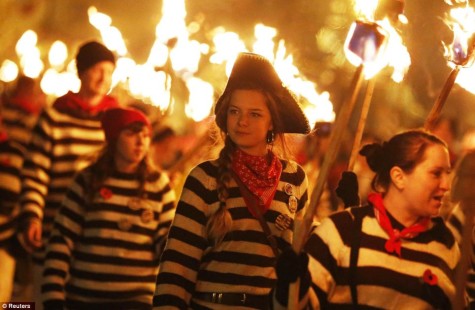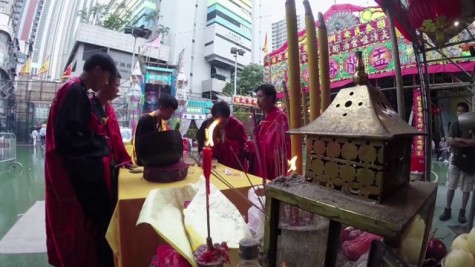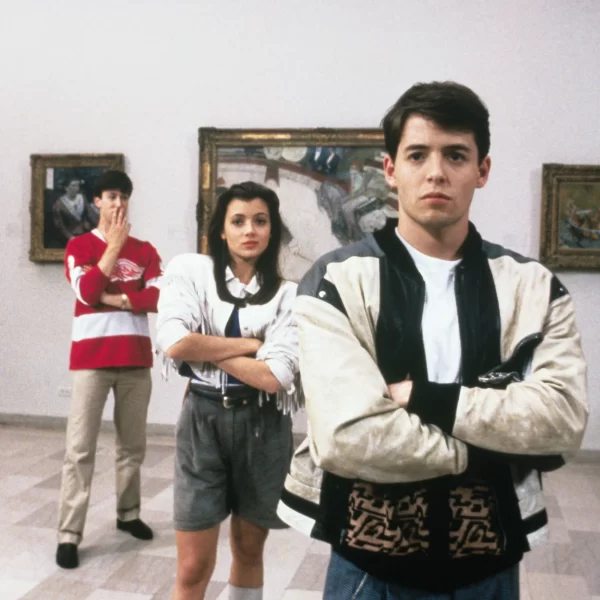Halloween differs across the globe
With Halloween right around the corner, people around the community and throughout the nation are decorating their houses with pumpkins and cobwebs while preparing their costumes for trick-or-treating.
But while Halloween is a stable holiday in American culture, people in other countries have their own version of the holiday.
Latin America: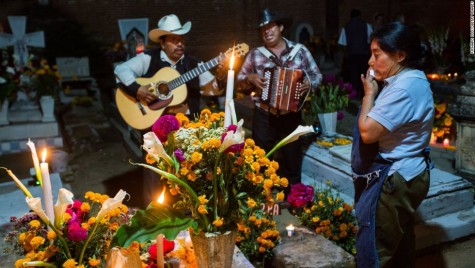
Dia de los Muertos is a three day celebration that begins on the evening of Oct. 31 and ends on Nov. 2, All Saints Day. The
celebration is to honor the dead, who are believed to return to their earthy homes on Oct. 31. Families create alters to commemorate their deceased relatives and friends, decorating it with candy, flowers, photographs, drinks and food. To help the spirits find their way home, family members burn incense or candles. Often people celebrate with festivals featuring breads, candy and other edibles in the shape of skulls and skeletons. On All Saints Day, people gather at the grave site of their deceased relatives and take the time to reminisce.
While citizens don’t usually cause a ruckus on Oct. 31, the day of American Halloween, their festivities begin on Nov. 5. Known as Guy Fawkes Day, effigies are burned and fireworks are set off throughout England. The traditions were designed to commemorate the execution of a notorious English traitor, Guy Fawkes who was executed on Nov. 5, 1606, for attempting to blow up England’s parliament building. Although this holiday has little to do with Halloween, there are some similarities. Children in some parts of England walk the streets carrying an effigy or “guy” and ask for “a penny for the guy,” and keep the money for themselves. This is similar to “trick-or-treating”. However, this holiday has become less popular and is dying out.
Ireland: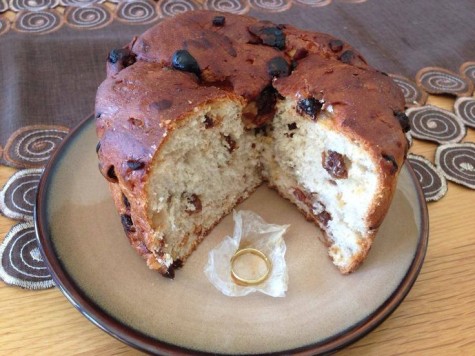
Being the birthplace of Halloween, Ireland is definitely home to one of the biggest celebration of the holiday. All
throughout the country, the Celtic festival is celebrated with bonfires, party games, and traditional food. The barmbrack is a fortune telling fruit cake, containing coins, buttons, rings, and other objects that is believed to tell the consumer’s fortune. Tricks are also part of the Irish Halloween tradition. Often kids knock on doors, then run away. This is called “knock-a-dolly”. Other games that are played include “snap-apple” or card games with prizes.
Austria:
Locals will leave bread, water, and a lighted lamp on the table before going to sleep on the night of Halloween. The Austrians consider the night a magical night, where the souls of the dead are welcomed back to earth.
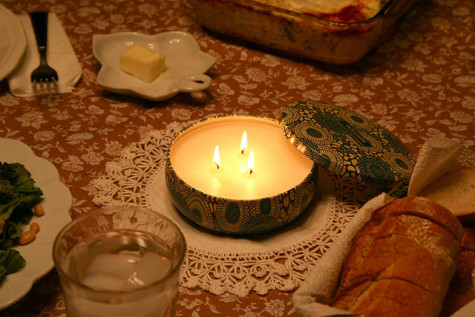
Hong Kong:
The people of Hong Kong call their Halloween celebration “Yue Lan”, translating into the Festival of the Hungry Ghosts. They believe that spirits of the deceased will roam the earth on that day for 24 hours. Some will burn pictures of food or money believing it will reach their loved ones in the spirit world.
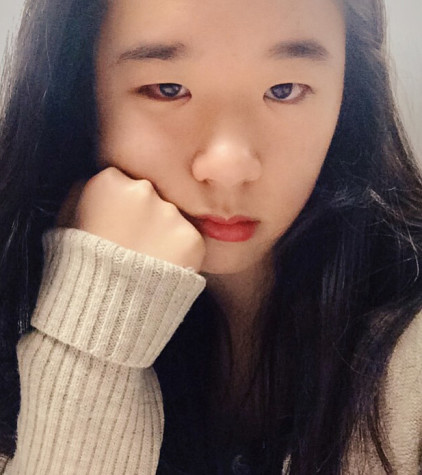
This is Fengxue (Sylina) Zhang, Co-Editor In Chief of The Guidon and she is a senior at Hays High. She is involved in Tennis, DECA, Spring Play, Leadership...


